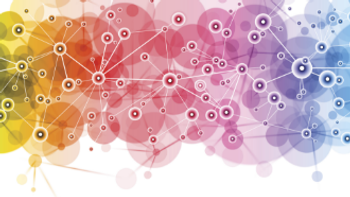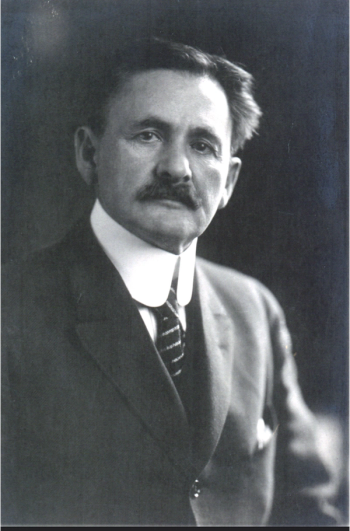
Raman Microscopy Variations for Geo- and Bio-Materials
Webinar Date/Time: Thu, Sep 14, 2023 10:00 AM EDT
Learn how Raman microscopy and correlative variations thereof can enable comprehensive investigations of geoscience and bio-material samples. Examples of high-resolution, nondestructive Raman, Raman-AFM, and Raman-SEM-EDS analyses will be presented.
Register Free:
Event Overview:
This webinar introduces the Raman effect and Raman spectroscopy’s technical considerations. It will feature an overview of Raman imaging and correlative Raman microscopy variations while describing how the techniques can benefit scientists in geoscience and bio-materials research. A series of application examples will illustrate the versatility and analytical power of the methods.
- Learn about the fundamentals of Raman spectroscopy and correlative Raman microscopy variations, including Raman-AFM, Raman-based particle analysis, 3D Raman imaging, and Raman-SEM-EDS.
- See how Raman spectroscopy can reveal subtle details of geoscience and biomineralization samples, such as: distinguishing polymorphs, determining crystallinity, crystal symmetry and orientation, and many other properties.
- Explore applications of Raman microscopy on minerals, nacre shell, inclusions in garnet, silicified bacteria, and other samples.
Key Learning Objectives:
- Understand the theoretical background and practical application of Raman microscopy and variations thereof.
- Become familiar with the versatility of Raman spectroscopy and the multitude of properties it can characterize.
- Find out how Raman can help with your geoscience and bio-materials research challenges.
Who Should Attend:
- This webinar will be of interest to researchers from many different disciplines within the geoscience and life science community, including mineralogy, sedimentology, volcanology, fluid/solid/gas inclusion studies, metamorphic materials, space materials, geobiology, bio-inspired materials and paleontology, among others.
Speaker:
Stefan Kreißl
Application Scientist
Oxford Instruments WITec
Dr. Stefan Kreißl is an experienced mineralogist with a demonstrated history of working in the research industry. Skilled in mineralogy and material sciences with a focus on scanning electron microscopy, light microscopy, spectroscopic analysis (X-ray, Raman and IR), crystallographic analysis (XRD), geology and natural resources. He is educated as a research professional in mineralogy, earth sciences, and geosciences from the University of Tübingen and as electronics engineer in the metal cutting machine tools industry. He completed further education as Quality Management Representative & Auditor, Environmental Management Representative, and Project Manager.
Register Free:
Newsletter
Get essential updates on the latest spectroscopy technologies, regulatory standards, and best practices—subscribe today to Spectroscopy.





